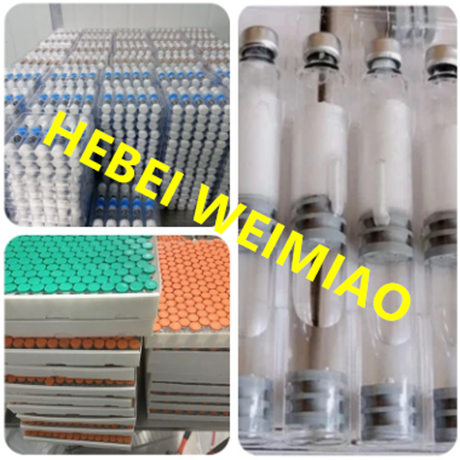
- +86-13363869198
- weimiaohb@126.com

ნოე . 14, 2024 08:42 Back to list
fip treatment gs
Understanding FIP and Its Treatment A Comprehensive Overview
Feline Infectious Peritonitis (FIP) is a viral disease caused by certain strains of the feline coronavirus (FCoV). It primarily affects cats, but its implications are severe, often leading to serious health complications and even death. The disease typically manifests in two forms the wet (effusive) form, characterized by fluid accumulation in body cavities, and the dry (non-effusive) form, which presents with granulomas in various organs. Both forms can progress rapidly, making early recognition and treatment crucial.
The Pathogenesis of FIP
FIP occurs when the feline coronavirus mutates within a host cat, leading to a virulent form capable of evading the immune system. While many cats are exposed to coronaviruses, only a minority develop FIP, suggesting that genetic predisposition, immune response, and environmental factors play vital roles in disease progression. The mutated virus typically attacks white blood cells, facilitating systemic infection and inflammation, which can affect multiple organ systems.
The wet form of FIP is often recognized by the accumulation of fluid in the abdominal or thoracic cavity, causing swelling and breathing difficulties. Conversely, the dry form may present with a variety of nonspecific symptoms, such as fever, weight loss, and neurological signs, making diagnosis challenging.
Diagnosis of FIP
Diagnosing FIP involves a combination of clinical signs, laboratory testing, and imaging studies. Vets typically consider the history, age, and breed of the cat, along with the presence of clinical signs. Laboratory tests often include the analysis of blood and effusive fluid to identify elevated protein levels, particularly albumin and globulin ratios, which are indicative of FIP.
Despite these diagnostic tools, confirming FIP can be tricky. There is no single test that can definitively diagnose FIP, and many veterinarians rely on a combination of tests and clinical judgment. Advanced techniques, such as PCR testing or the presence of serological antibodies, can offer additional insights but may not provide conclusive evidence.
Treatment Options
fip treatment gs

The treatment landscape for FIP has significantly evolved over recent years. Traditionally, FIP was considered a fatal disease with no effective cure. However, the emergence of antiviral therapies, particularly GS-441524, has revolutionized FIP treatment. This nucleoside analog inhibits viral replication and has shown promising results in clinical studies, leading to significant improvements and recovery in many affected cats.
Treatment with GS-441524 typically involves a multi-month regimen, and while it is not universally available, more veterinarians are beginning to recognize its efficacy. The administration of GS-441524 may require careful management, including monitoring for potential side effects, such as gastrointestinal disturbances or liver enzyme alterations.
In addition to antiviral treatment, supportive care plays a crucial role in managing FIP. This may include fluid therapy, nutritional support, and the management of concurrent infections or complications that arise from the disease's impact on the immune system.
Prognosis and Considerations
The prognosis for cats diagnosed with FIP has improved dramatically with the advent of modern antiviral treatments. Many cats show significant improvement, and some achieve complete remissions. However, the outcomes can vary widely based on several factors, including the form of FIP, the timing of treatment, and the overall health of the cat prior to treatment initiation.
It is essential for pet owners to remain vigilant about the health of their feline companions, especially those that are at higher risk due to genetic predisposition or environmental stressors. Regular veterinary check-ups, vaccinations, and a well-managed diet can help reduce the risk of FIP and other infectious diseases.
Additionally, continued education and research into FIP are crucial for further understanding and combatting this disease. As knowledge expands, veterinarians and cat owners alike can better navigate the complexities of FIP, offering hope and healing to those affected.
In conclusion, while FIP remains a challenging disease, advancements in treatment, particularly with therapies targeting viral replication, have opened new avenues for affected cats. As we continue to deepen our understanding of this condition, the focus must remain on integrative approaches that combine innovative treatments with excellent supportive care.
-
Buy 158861 67 7 Peptide for Effective Weight Loss and Muscle Gain
NewsJul.27,2025
-
High-Quality Pharma Intermediates for API Production & More
NewsJul.26,2025
-
Top CAS: 79099-07-3 Factories & Manufacturers in China – Wholesale Supply
NewsJul.25,2025
-
High Quality CAS 1451-83-8 Factory | Reliable Supply & Fast Delivery
NewsJul.24,2025
-
High-Quality Pharma Intermediates Supplier & Manufacturer Solutions
NewsJul.23,2025
-
Top CAS: 79099-07-3 Factories & Supplier Solutions from China
NewsJul.22,2025